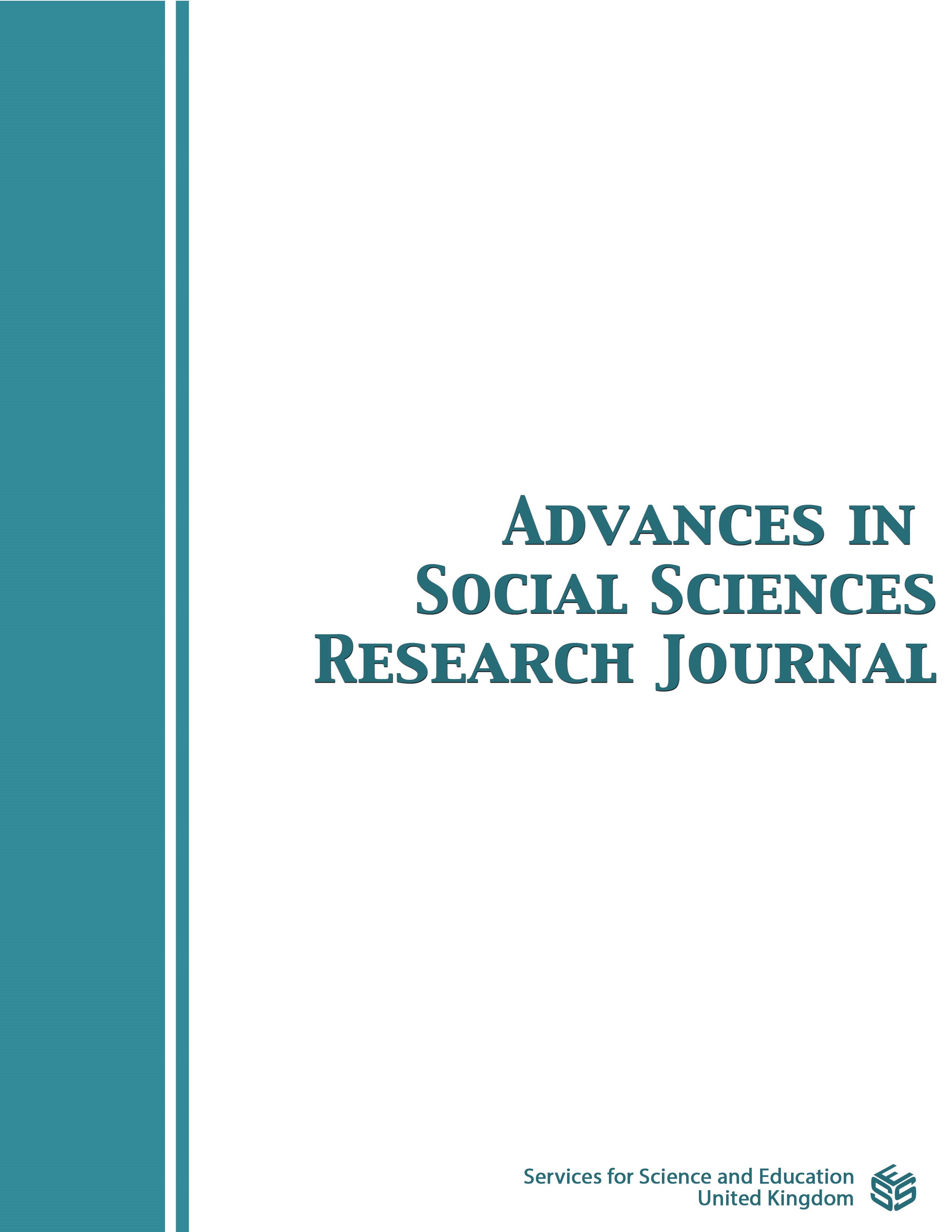The h-Index Explained: Tools, Limitations and Strategies for Academic Success
DOI:
https://doi.org/10.14738/assrj.119.17444Keywords:
h-Index, Academic productivity, Citation metrics, Research impact, Impact FactorAbstract
The h-index, introduced by J.E Hursh in 2005, is a prevalent metric for assessing academic research productivity and impact. It evaluates a researcher’s cumulative impact by comparing the number of their publications to the number of citations they have received. Despite its straightforward computation, the h-index can be confusing for novice researchers. Various databases like Scopus, Google Scholar, ResearchGate and Web of Science offer h-index computations, each with unique features and access requirements. For example, Google Scholar provides h-index information based on citations indexed by its service, while Web of Sciences offers a comprehensive profile including total citations and indexed articles. The h-index is widely used in academia for evaluating candidates for hiring and promotion. Studies reveal varying benchmarks for different career stages and disciplines, with higher h-indices typically associated with senior researchers. However, the h-index has limitations, such as favouring established researchers and not accounting for citation practices across different fields. Further, some fields tend to have more literature available than others and there it appears imperative that those fields with less literature will mostly likely attract less readership resulting in less citations and hence lower h-Index for researcher and academicians in such fields. It also does not reflect publication quality or contributions beyond citations. Researchers can improve their h-index by publishing in high-impact journals, making research open access, collaborating, staying active in their field, and promoting their work. Despite its utility, the h-index should be used alongside other metrics to provide a more holistic view of a researcher’s impact.
Downloads
Published
How to Cite
Issue
Section
License
Copyright (c) 2024 Sidney Kawimbe

This work is licensed under a Creative Commons Attribution 4.0 International License.
Authors wishing to include figures, tables, or text passages that have already been published elsewhere are required to obtain permission from the copyright owner(s) for both the print and online format and to include evidence that such permission has been granted when submitting their papers. Any material received without such evidence will be assumed to originate from the authors.






